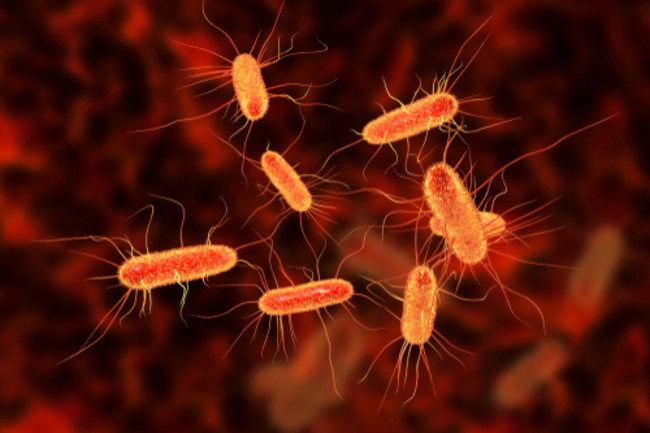Scientists Produced Electricity By Using Bacteria

Scientists have created a device that can generate 0.5 volts of continuous electricity using the humidity of air and microbes: Air-gen. The current density caused by the tool is about 17 microamperes per square centimeter. It isn’t much yet, but it sure looks like a big hope.
As crazy as it may sound, it is true.
Bacteria with such potential exist. Several bacteria from the Geobacter and Shewanella genera produce bacterial/microbial nanowires. And they don’t hold the exclusivity. Other bacteria can do that too. A bacterial nanowire is an electrically conductive appendage. They have been shown to have significant potential applications in the fields of bioenergy and bioremediation.
Scientists used bacteria to create electricity
After thirty years since the fantastic Geobacter sulfurreducens bacteria was first discovered to produce nanowires, Air-gen was created. It is a device developed by scientists at the University of Massachusetts Amherst that generates clean energy 24/7. “We are literally making electricity out of thin air,” says electrical engineer Jun Yao.
The G. sulfurreducens were found in the Potomac River. Scientists turned its 7 micrometers thick protein nanowires into a film able to absorb water vapor from the atmosphere. It is called hydro-voltaic power. Being connected to two electrodes, the film enables Air-gen to generate continuous electrical current.
The Geobacter
Geobacter is a dissimilatory metal-reducing bacterium. Biofilms produced by Geobacter colonies contribute significantly to the overall production of bioenergy. Geobacter strains with heightened expression of conductive pili have been shown to produce more conductive biofilms, thus increasing overall electricity output.
Further application significance of bacterial nanowires includes bioelectronics. Scientists have in mind the future use of biofilms of Geobacter as a platform for functional underwater transistors and supercapacitors capable of self-renewing energy. For now, Air-gen can only sustain the energy needed by a smartphone, but just give it time. It wouldn’t be the first time when something that small puts down a Goliath.
0 comments